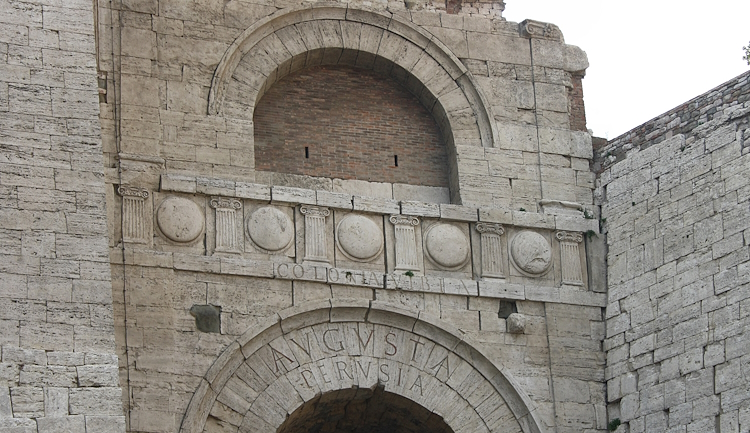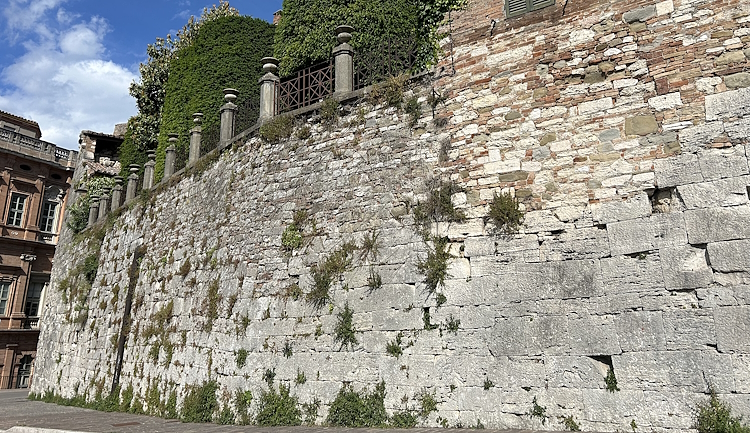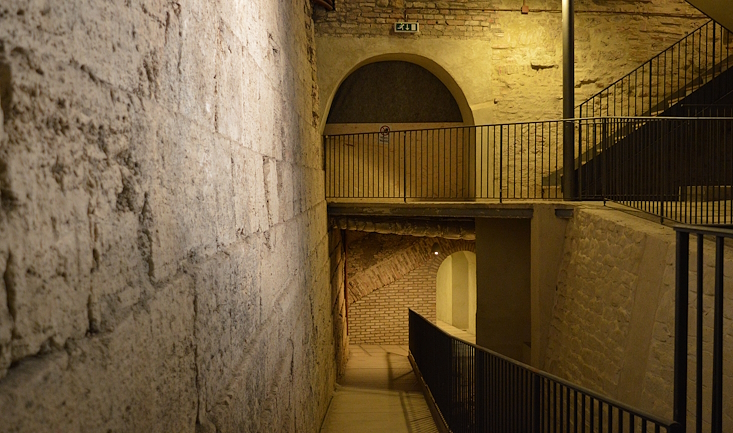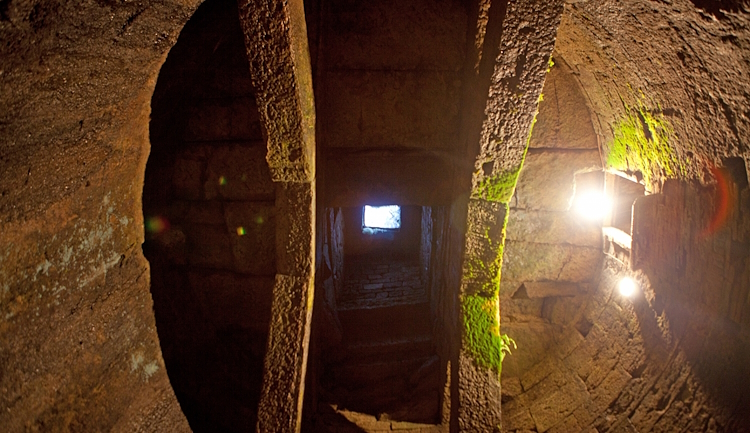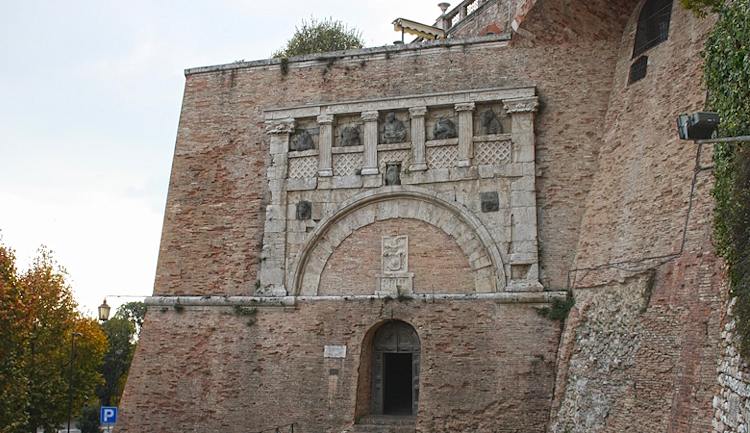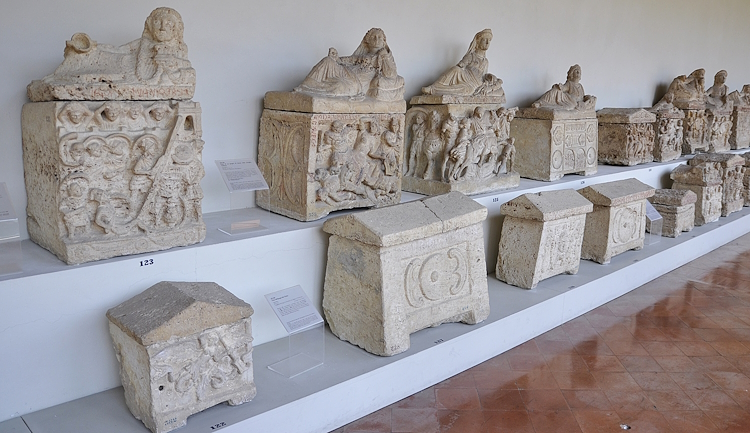A route to discover the most important monuments in Perugia left by the fascinating and mysterious Etruscan people.
Perugia boasts ancient origins, with traces of settlements dating back to the 9th century. However, it is from the 7th-6th centuries B.C. that the city became one of the most important in the Etruscan area, assuming a dominant role in the surrounding territory. During the centuries of its hegemony, Etruscan Phersna experienced significant building development.
























